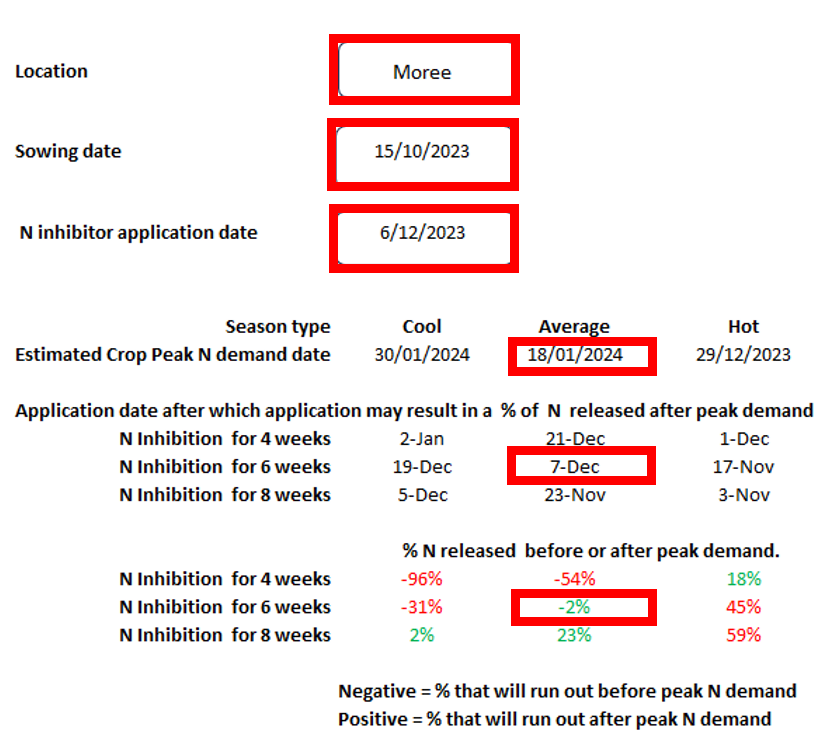The use of efficiency enhancement additives (EEF) in nitrogen fertiliser products in irrigated cotton seems to be on the rise as we experience their benefits, successful use cases and measure successes.
EEF technology used in cotton most frequently includes ammonia volatilisation inhibitors, nitrification inhibitors and a combination of both in a single product.
While research has been able to quantify the frequent GHG reductions and occasional yield benefits, I hear that the product’s application flexibility and logistical cost-benefit are probably the most common justification for use.
Ammonia volatilisation inhibitor cost can be viewed as an insurance policy, ensuring that broadcast urea will remain available for up to 14 days after application. Nitrification inhibitors are about avoiding high loss periods (insurance) and synchronising soil N concentration with crop demand (N efficiency).
Use cases have included
- The ability to aerial spread urea containing ammonia volatilisation inhibitor to multiple areas at different stages in their irrigation cycle while planes are available rather than trying to coordinate application 2-3 days prior to watering each paddock. The inhibitor will generally provide protection for 1.5 to 2 irrigations.
- Early side-dress to avoid N losses in the first 2 crop irrigations using products containing nitrification inhibitors.
- Late pre or at-squaring single application using products containing nitrification inhibitors to better match the increase in crop demand during flowering where preplant rates have been minimised to avoid losses in the first 2 in-crop irrigations.
When using products containing nitrification inhibitors, application timing accuracy is important to ensure the protection doesn’t run out too early or the crop doesn’t run short because the release has been delayed too long.
The example shows the variables that need to be accounted for when planning to use these products in-crop to have good synchronisation between product N releases and crop requirements.
The example in the image above is for Moree for a sowing date of 15 October.
1. The location is important as it determines the likely time from sowing to peak N demand for different season types. e.g. for this sowing date Average season peak N demand will be around 18 January.
2. The N inhibitor application date starts the clock ticking on the release conversion or release of a product, e.g. 6 December
3. The N inhibition period determines the period of time it will take for the product to release the N fully. This is generally given in the range of 6 – 8 weeks for current products for cotton. e.g. 6 weeks inhibition, application about 7 December will have release finalised around peak N demand.
Plant tissue analysis is a useful tool for tracking the performance of the inhibitors’ success in maintaining a more stable N supply to the crop as demand rapidly increases from first flowers to peak flowers.

